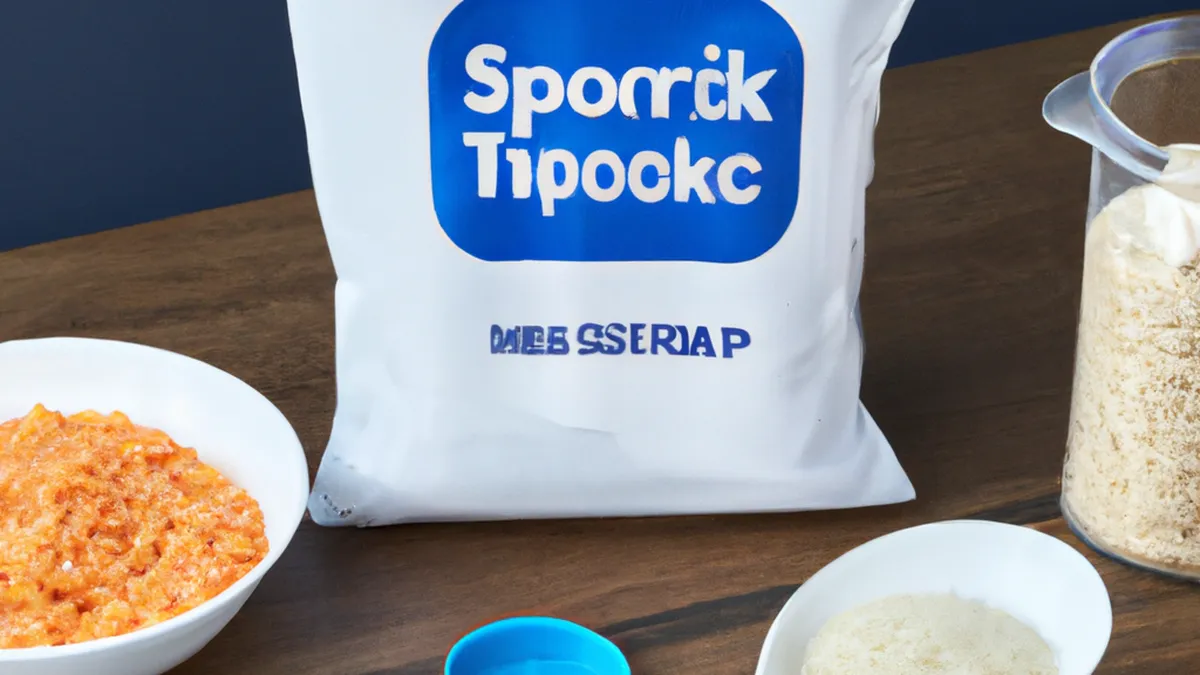Glucose Monitoring: Essential for Athletes
Monitoring Glucose During High-Intensity SessionsHigh-intensity workouts excite and challenge our physical and mental limits. However, they also create unique challenges for glucose levels. Maintaining stable blood sugar during intense exercise optimizes performance and supports overall health. In this post, we will explore strategies for monitoring glucose during high-intensity workouts, the science behind glucose and exercise, and the benefits of diligent glucose management.
Understanding Glucose and Exercise
Glucose acts as a primary fuel source for your body. During high-intensity exercise, your muscles demand more energy, prompting your body to release glucose into your bloodstream. This process ensures your muscles receive the fuel needed for optimal performance.Fluctuations in glucose levels can cause fatigue, dizziness, and decreased performance. If glucose levels drop too low, you may feel weak or faint. Elevated glucose levels can lead to lethargy and decreased endurance. Thus, monitoring glucose levels during workouts remains essential for maintaining energy and performance.
Tips for Monitoring Glucose
As an Amazon Associate I earn from qualifying purchases.
Gear tip: consider sodium tablets, compression sleeves, and compression socks to support this topic.
1. Use Continuous Glucose Monitors (CGMs)
Continuous Glucose Monitors (CGMs) revolutionize glucose tracking for athletes and fitness enthusiasts. These devices provide real-time glucose readings and alert you when levels exceed or drop below a set threshold. Using a CGM during intense workouts helps you make informed decisions about breaks, hydration, or refueling.For example, if your glucose levels drop during a workout, quickly assess if you need a carbohydrate boost. Real-time monitoring empowers you to adjust workout intensity based on your body’s immediate needs.
2. Check Levels Before and After Exercise
Before starting a high-intensity workout, check your glucose levels. This practice helps you establish a baseline and understand your body’s typical response to exercise. After your session, check your levels again to assess your body’s reaction. Keeping a log of these readings reveals patterns over time and informs your future training decisions.For instance, if you consistently see a drop in glucose after certain workouts, adjust your pre-workout nutrition or incorporate additional carbohydrates during sessions.
3. Stay Hydrated
Hydration significantly impacts glucose management. Dehydration can raise glucose concentrations, as your body conserves water and concentrates sugar in the bloodstream. Therefore, drink water before, during, and after your workout.Incorporate electrolyte-rich drinks for longer or more intense sessions. These drinks help replenish lost minerals and maintain hydration, supporting glucose management.
Conclusion
Monitoring glucose during high-intensity workouts enhances performance and overall health. Implement these strategies to optimize your training sessions.
Below are related products based on this post:
FAQ
Why is monitoring glucose important during high-intensity workouts?
Monitoring glucose is essential because fluctuations in glucose levels can affect energy, performance, and overall health. Low glucose levels can lead to fatigue and weakness, while high levels may cause lethargy and decreased endurance. By keeping track of glucose, you can optimize your performance and avoid potential issues during intense exercise.
How can Continuous Glucose Monitors (CGMs) help during workouts?
Continuous Glucose Monitors (CGMs) provide real-time glucose readings and alerts when levels are too high or low. This allows athletes to make informed decisions about hydration, breaks, and refueling during their workouts. By using a CGM, you can quickly respond to your body’s needs and adjust your workout intensity accordingly.
What should I do to prepare my glucose levels before a workout?
Before starting a workout, it’s important to check your glucose levels to establish a baseline. This helps you understand your body’s typical response to exercise. Additionally, keeping a log of your readings after exercise can reveal patterns and inform your future training decisions, allowing you to adjust your nutrition as needed.















Post Comment